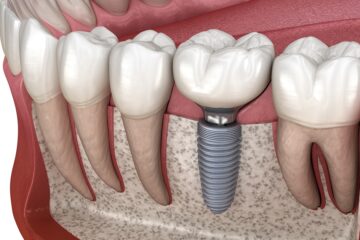Hip replacement surgery is a common and highly effective procedure for relieving pain and restoring function in individuals with hip joint damage. Over the past few years, the field has seen remarkable advancements, with new materials and techniques leading to improved outcomes for patients. This article will explore these promising developments and their impact on the future of hip arthroplasty.
Innovations in Implant Materials
One of the most significant advancements in hip replacement surgery is the use of new, highly durable materials for implants. Traditionally, metal-on-plastic implants were the most common, but they could wear down over time, leading to potential complications.
Today, newer materials such as ceramic and highly cross-linked polyethylene (a type of plastic) are being used. These materials have demonstrated superior wear characteristics, potentially extending the lifespan of the implant. This is particularly beneficial for younger and more active patients, as it reduces the likelihood of needing a revision surgery in the future.
Minimally Invasive Surgical Techniques
The advent of minimally invasive surgical techniques has transformed the field of hip replacement. Instead of making a large incision to access the hip joint, surgeons can now perform the procedure through one or two small incisions.
These techniques cause less damage to the surrounding tissues, leading to less postoperative pain, a quicker recovery, and a shorter hospital stay. Furthermore, they result in smaller scars, which is an added aesthetic benefit for many patients.
Computer-Assisted and Robotic Surgery
Computer-assisted surgery and robotic systems have brought a new level of precision to hip replacement procedures. These technologies provide surgeons with real-time, 3D visualizations of the hip joint, enabling them to more accurately position the implants.
Proper implant positioning is crucial for the success of the surgery, as it affects the function, stability, and longevity of the replacement joint. By increasing precision, these advanced technologies can improve patient outcomes and satisfaction.
Personalized Approach to Hip Replacement
The trend toward a more personalized approach to hip replacement is another significant advancement. This involves tailoring the surgery to the patient’s specific anatomy and lifestyle.
For instance, 3D printing technology can be used to create customized implants that fit perfectly into the patient’s joint. Similarly, preoperative planning tools can create a 3D model of the patient’s hip, allowing the surgeon to plan the surgery in detail and anticipate any potential challenges.
This personalized approach can lead to better biomechanical alignment, improved joint function, and a more natural feel post-surgery.
How to Take Care of Dental Health in Post-Dental Implant?
March 14, 2024Scaling and root planing in Tukwila: Care for your gums
February 23, 2024
Comments are closed.
-
Advantages of Custom Made Homes
June 12, 2019 -
Information Storage in the Cloud – Is It Good for Organizations?
January 15, 2019





